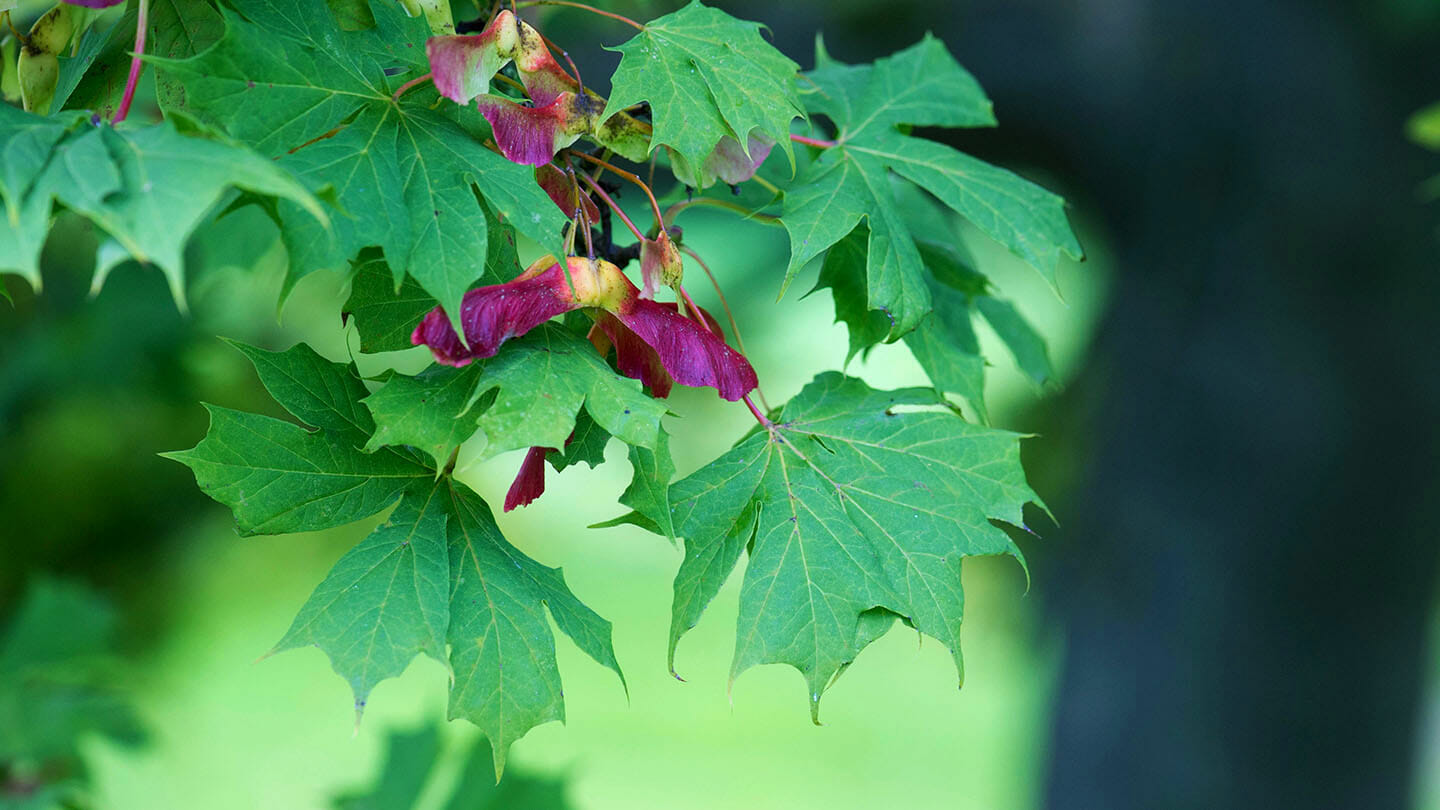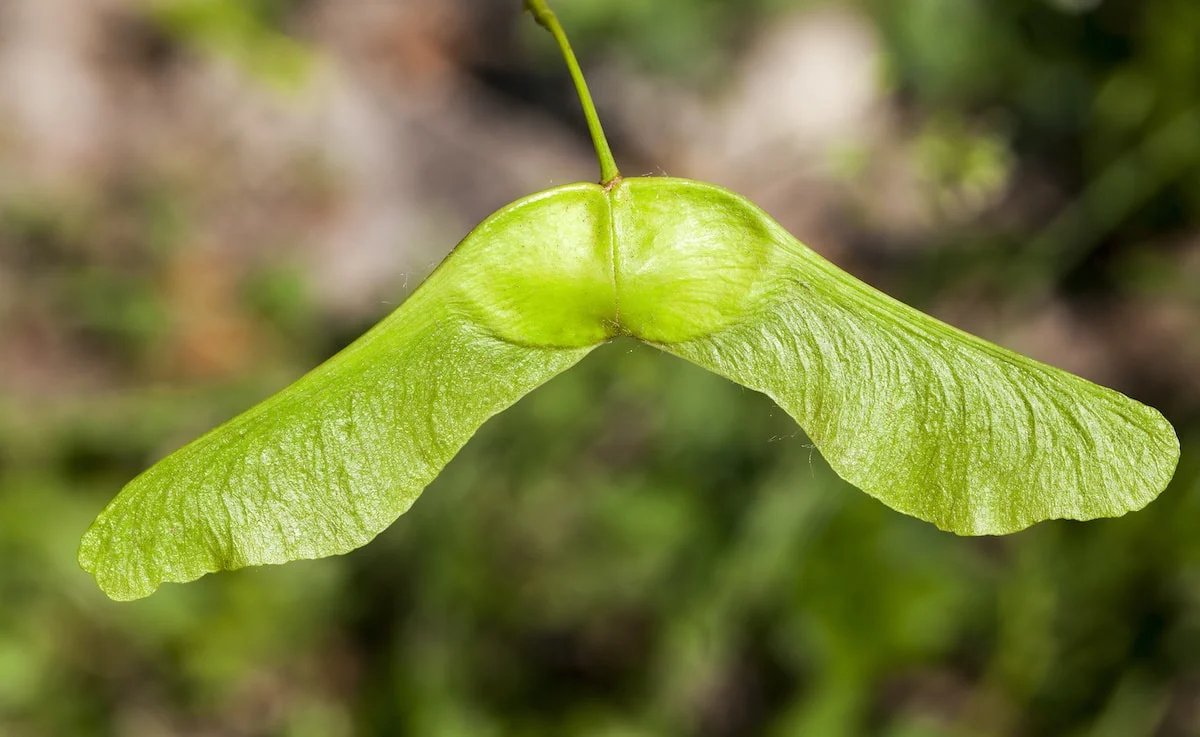If you have a maple tree in your yard, then you’re probably familiar with the pesky helicopters that come flying off of it every fall. These little seeds can travel quite far and are difficult to clean up, but there is a way to get rid of them easily!
How to get rid of maple tree helicopters? You have several options, the easiest include using a leaf blower, or a vacuum if you’re in dry conditions, then disposing of them in compost. You can however spray the tree with a chemicals to stop their production altogether, this however can be expensive and potentially dangerous for the tree and surrounding areas.
In this article, we will discuss the best way to pick up maple tree helicopters from your garden and how to prevent them from coming back next year.
Best Ways To Pick Up Maple Tree Helicopters: Our 3 Tips
There are a few different ways that you can pick up the maple tree helicopters from your garden.
- The first way is to use a leaf blower. This will quickly gather up all of the seeds and blow them into a pile that you can then easily collect.
- Another way to pick up the seeds is to use a vacuum. This method works well if you have a lot of seeds to collect. Simply turn on the vacuum and suck up all of the seeds in your garden.
- The last way to pick up the maple tree helicopters is to use a broom. This is the most labor-intensive method, but it will get the job done. Start by sweeping all of the seeds into a pile and then use a dustpan to transfer them to a garbage bag.
Once you have collected all of the maple tree helicopters, you can dispose of them in any way that you like. You can either throw them away or compost them.
How To Sterilize a Maple Tree
If you want to prevent the maple tree helicopters from coming back next year, then you need to sterilize the tree. This can be done by using a garden hose to spray down the tree with a mixture of water and chemical treatments.
Make sure that you are wearing gloves and a mask when you do this so that you don’t get any of the treatment on your skin.
Once the tree is completely wet, leave it for a few minutes before rinsing it off with clean water.
You should do this process once a year in the fall to make sure that the tree is sterile and doesn’t produce any more helicopters, but be aware, this can be expensive.
By following these steps, you can easily get rid of the maple tree helicopters from your garden and prevent them from coming back next year.
Why Does My Maple Tree Have So Many Helicopters?
There are a few reasons why your maple tree may be producing a lot of helicopters.
One reason could be that the tree is stressed. This can happen if the tree is not getting enough water or nutrients. Another reason could be that the tree is damaged. If the tree has been pruned incorrectly or has suffered from insect damage, this can also cause an increase in helicopter production.
Do All Maple Trees Have Helicopter Seeds?
No, not all maple trees have helicopter seeds. This type of seed is specific to the Genus Acer of maple trees. Other types of maples, such as the Japanese maple, do not produce these types of seeds.
When Do Maple Trees Stop Dropping Helicopters?
Maple trees typically stop dropping helicopters when they reach maturity, which is around 20-30 years old. However, there are some trees that will continue to produce helicopters throughout their lifetime.
When are you likely to see more helicopters:
| Maple Type | Dropping Season |
| Red | April – June |
| Silver | April – June |
| Sugar/Blacks | July – October |
If you are tired of dealing with the helicopter seeds, you can always try to find a mature tree that has stopped producing them.
Do you have any tips for getting rid of maple tree helicopters? Let us know in the comments below! And be sure to check out our other articles on gardening for more helpful tips.
Happy planting!





